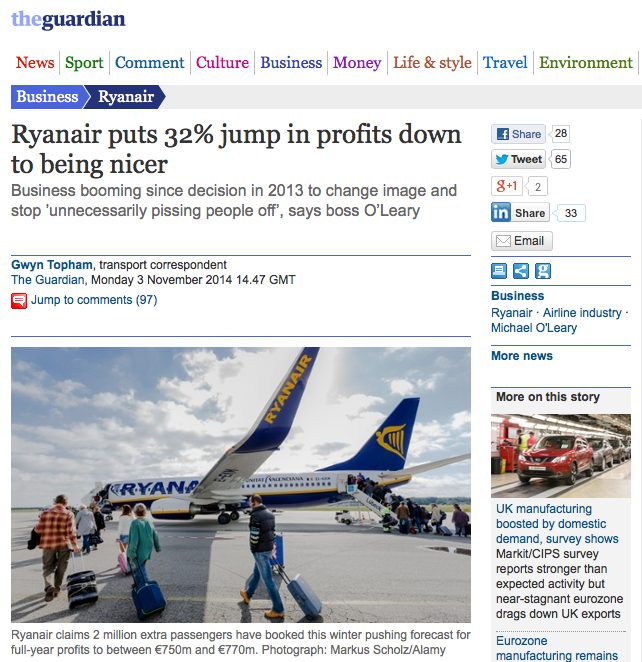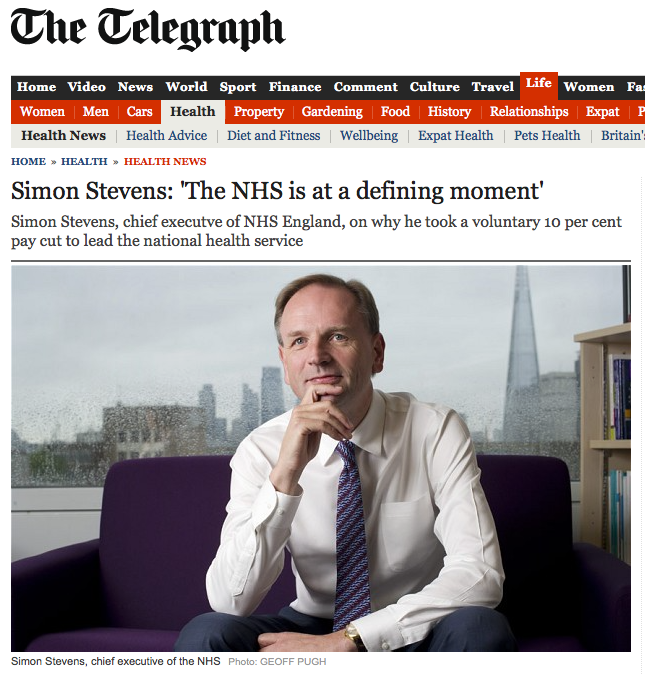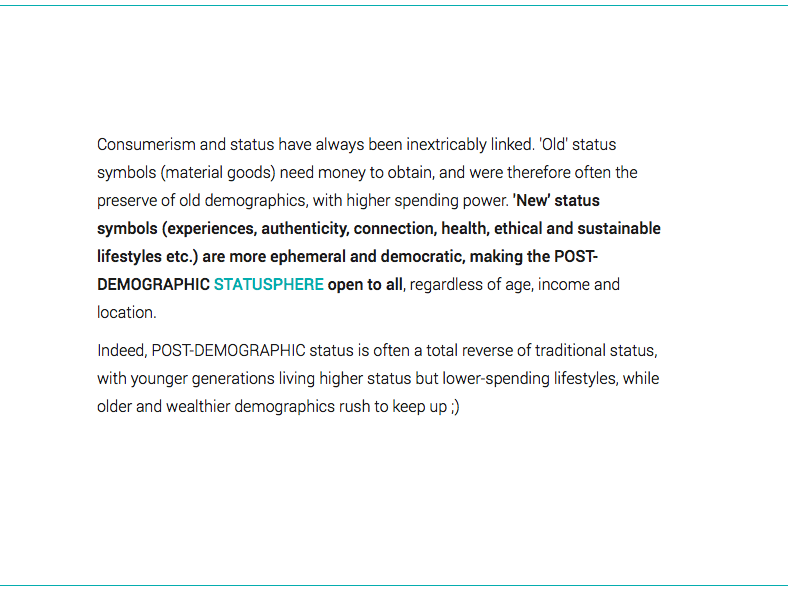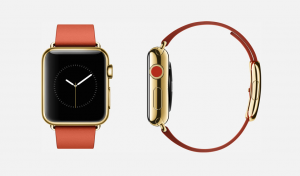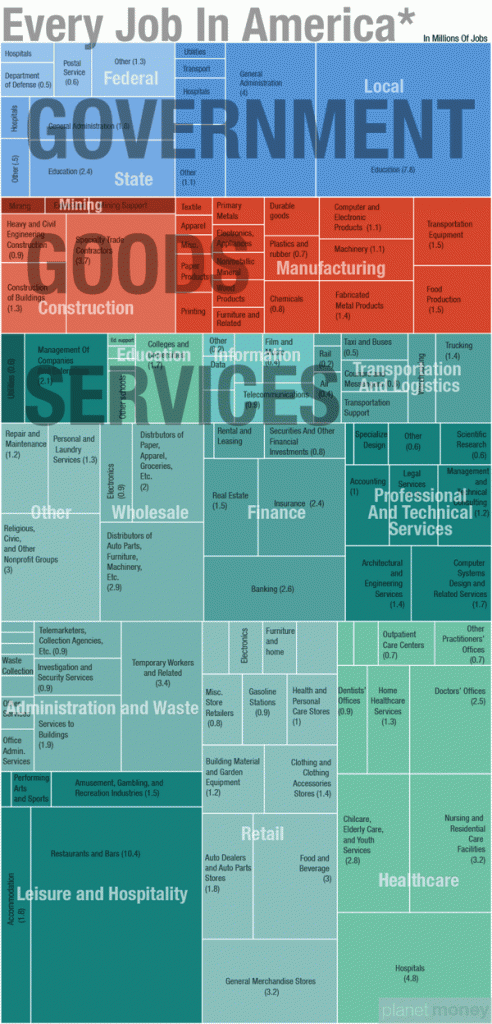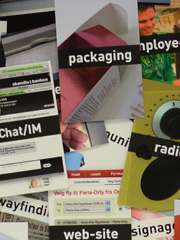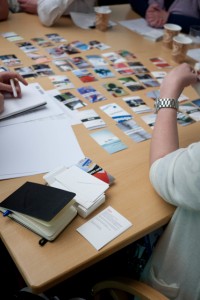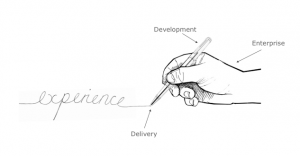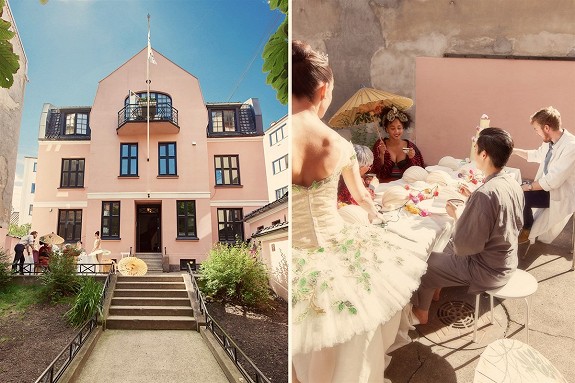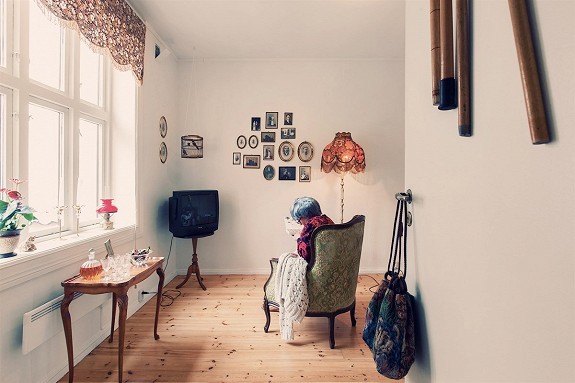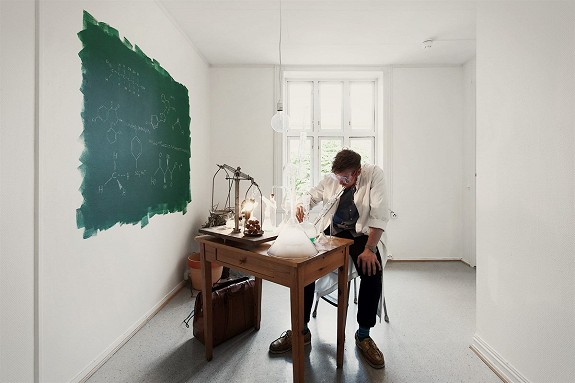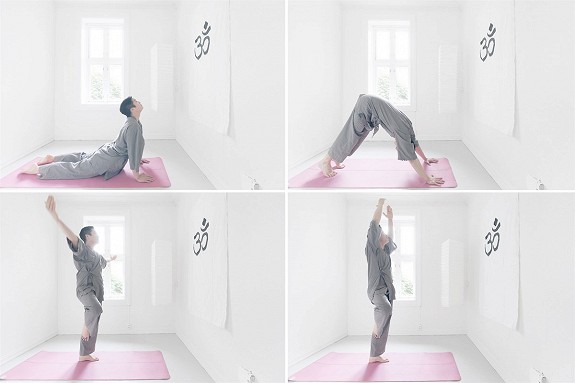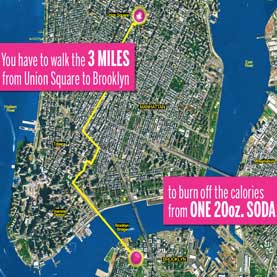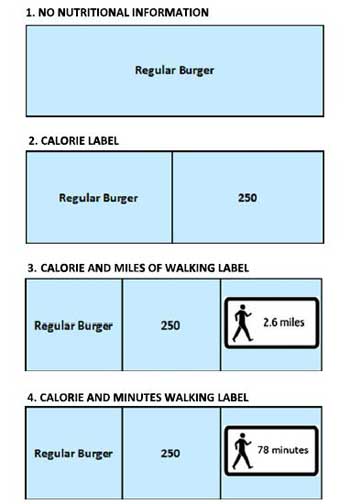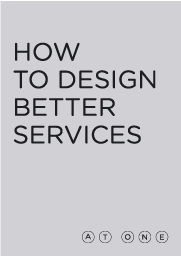Ryanair recently announced a 32% jump in profits and their quiet CEO puts this down to a changed image and that they have stopped ’unnecessarily pissing people off’, according to boss O’Leary.
The Guardian newspaper (link) describes this nicely, including presenting a few great quotes from the master himself, Michael O’Leary.
“The underlying trend is enormously positive. Since we changed the strategy, being fundamentally nicer to our customers, the business has boomed,â€
This is supported by a reduction in the number of complaints by 40%, and a growth in passengers of 2 million. This is enough of an incentive for Ryanair to order new aircraft and have an optimistic view of the world.
“As a result of this being nice to the customers, bookings and traffic are rising, and we’ve gone out and ordered another 200 aircraft in the last six months so we can double in size”
So, next time you have a discussion in your project group about the economic benefits of offering customer friendly solutions, just quote Ryanair:
“What we have been doing is significantly improving the customer service and it is working like a dream.â€
But, remember to quote Ryanair anno 2014, and not the earlier incarnation. You might end up with this:
“You’re not getting a refund so fuck off. We don’t want to hear your sob stories. What part of ‘no refund’ don’t you understand?â€
I haven’t flown with the “new Ryanair”, and still have the earlier of quotes in my head and a deep-seated reluctance to go back to them. However, hats off to them for turning around. Changing an organisation from ignoring customers to at least considering customers within a two year period is quite some achievement. It might even be a great case study of organisational change.
